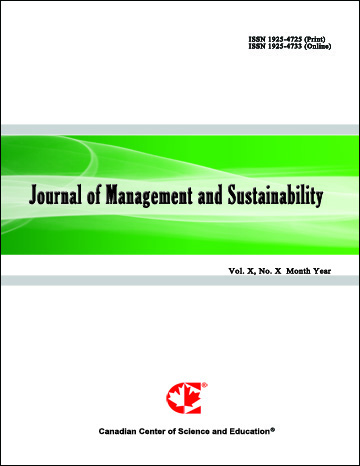Trends and Perspectives of SDG 3 Indicators in Brazil: A Statistical Analysis for 2030
- Jonas Age Saide Schwartzman
- Camila Silva Franco
- Marcelo da Silva Filho
- Paola Zucchi
Abstract
The objective of this study was to analyze the trend of each standardized indicator for SDG 3 in Brazil, assess the potential for achieving the goals, and evaluate future scenarios for 2030. To this end, data from 40 indicators (28 indicators plus subdivisions) available in the “ODS Brasil Database” and the “SDG Indicators Database” were used. These data were analyzed using monotonic trend analysis, which employed the Mann-Kendall statistical test and Sen’s Slope trend magnitude estimator. The study compares the estimated values for 2030 to the targets set out in the SDGs. Among the indicators assessed (p < 0.05), 5 (12.5%) have the potential to achieve the goals by 2030, 4 (10%) indicators do not have the potential to achieve their goals, and 3 (7.5%) indicators have no conditional goals. However, there is a trend of improving results by 2030. Of the specific Brazilian indicators, only 5 (12.5%) have the potential to achieve the goal defined by the United Nations. The study’s findings support strategic decisions in resource allocation, as they highlight those that have the potential to achieve the 2030 goals and those that require greater attention. These findings can inform the development of more effective public policies, support informed decisions in resource allocation, and enhance governance and transparency in the implementation of the 2030 Agenda.
- Full Text:
 PDF
PDF
- DOI:10.5539/jms.v15n2p42
Journal Metrics
Google-based Impact Factor (2021): 1.54
h-index (July 2022): 37
i10-index (July 2022): 147
h5-index (2017-2021): 12
h5-median (2017-2021): 19
Index
- Academic Journals Database
- ANVUR (Italian National Agency for the Evaluation of Universities and Research Institutes)
- CAB Abstracts
- CNKI Scholar
- EconBiz
- Excellence in Research for Australia (ERA)
- GETIT@YALE (Yale University Library)
- Harvard Library
- HeinOnline
- Infotrieve
- JournalTOCs
- LOCKSS
- MIAR
- PKP Open Archives Harvester
- RePEc
- Scilit
- SHERPA/RoMEO
- Stanford Libraries
- UCR Library
Contact
- Evelyn XiaoEditorial Assistant
- jms@ccsenet.org
